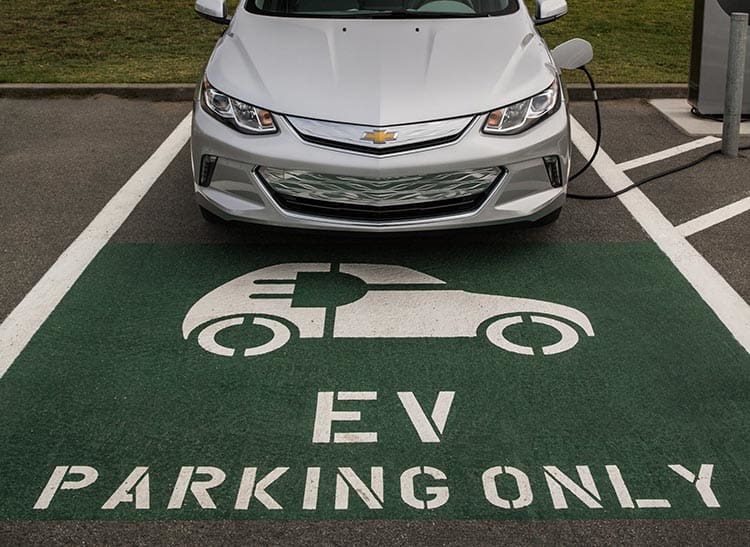Introduction
As we gear up for the California Green Building Standards Code (CALGreen) update set to take effect on July 1, 2024, the spotlight is on electric vehicle (EV) requirements and the subsequent changes in EV infrastructure. At the forefront of this transformation is ID360, an industry leader in sustainable building practices. In this blog, we will explore the upcoming CALGreen update and the heightened EV requirements.
The CALGreen Building Code Update
Scheduled to go into effect July 1, 2024, the updated CALGreen building code marks a significant shift in the state’s commitment to sustainability, with a particular focus on electric vehicles. One of the key areas experiencing a revamp is the EV requirements for buildings, leading to a greater emphasis on EV-ready spaces and expanded EV infrastructure.
As we move forward, the updated CALGreen code will impose more stringent requirements on the inclusion of electric vehicle infrastructure in new construction. With the increasing popularity and importance of electric vehicles in reducing carbon footprints, the state is taking proactive measures to ensure that the necessary infrastructure is in place to support this transition.
ID360’s Role in Adapting to the Changes
At the forefront of sustainable building practices, ID360 has been instrumental in adopting and implementing reach codes, paving the way for the state’s ambitious sustainability goals. With the impending changes in CALGreen, ID360 is once again leading the charge, helping clients navigate the intricacies of the updated code and ensuring compliance with the enhanced EV requirements.
As the deadline for compliance approaches, one of the most frequently asked questions from clients revolves around the calculation of required EV spaces. Understanding the intricacies of this calculation is crucial for developers, architects, and building owners. ID360 recognizes this concern and is actively engaged in providing comprehensive guidance on determining the number of required EV spaces for a given project.
Beyond the question of how many EV spaces are needed, clients are also seeking clarity on the appropriate level of EV infrastructure for their spaces. The CALGreen update introduces nuanced requirements for different types of buildings, and ID360 is well-equipped to assist clients in deciphering these specifications. Whether it’s a residential development, commercial space, or mixed-use project, ID360 ensures that the right level of EV infrastructure is incorporated, aligning with the updated building code.
Impact on Reach Codes and Existing Policies
The changes introduced in the CALGreen update extend beyond the immediate requirements for EV infrastructure. The state’s decision to revamp the building code reflects a broader effort to align with and surpass existing reach codes. ID360 has been a key player in implementing these reach codes, and the company is poised to adapt to the evolving landscape, supporting clients in implementing changes that go above and beyond current policies.
As California continues to be a trailblazer in sustainability, the updated CALGreen building code signifies the state’s commitment to pushing the boundaries of green building standards. The changes not only reflect the growing importance of electric vehicles in reducing greenhouse gas emissions but also underscore the need for a comprehensive and forward-thinking approach to building design and construction.
Amid California’s evolving building codes, ID360 stands as a beacon of expertise and guidance. Navigating the complexities of the upcoming CALGreen update requires a partner with a deep understanding of sustainable practices and a commitment to staying ahead of the curve. Connect with us for specific questions and concerns.
